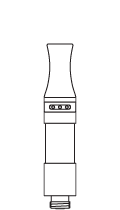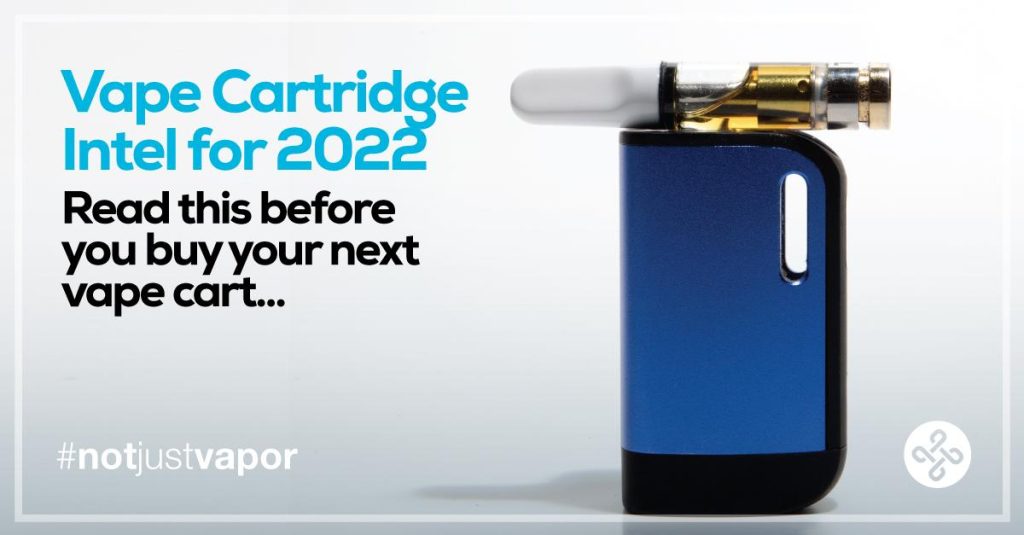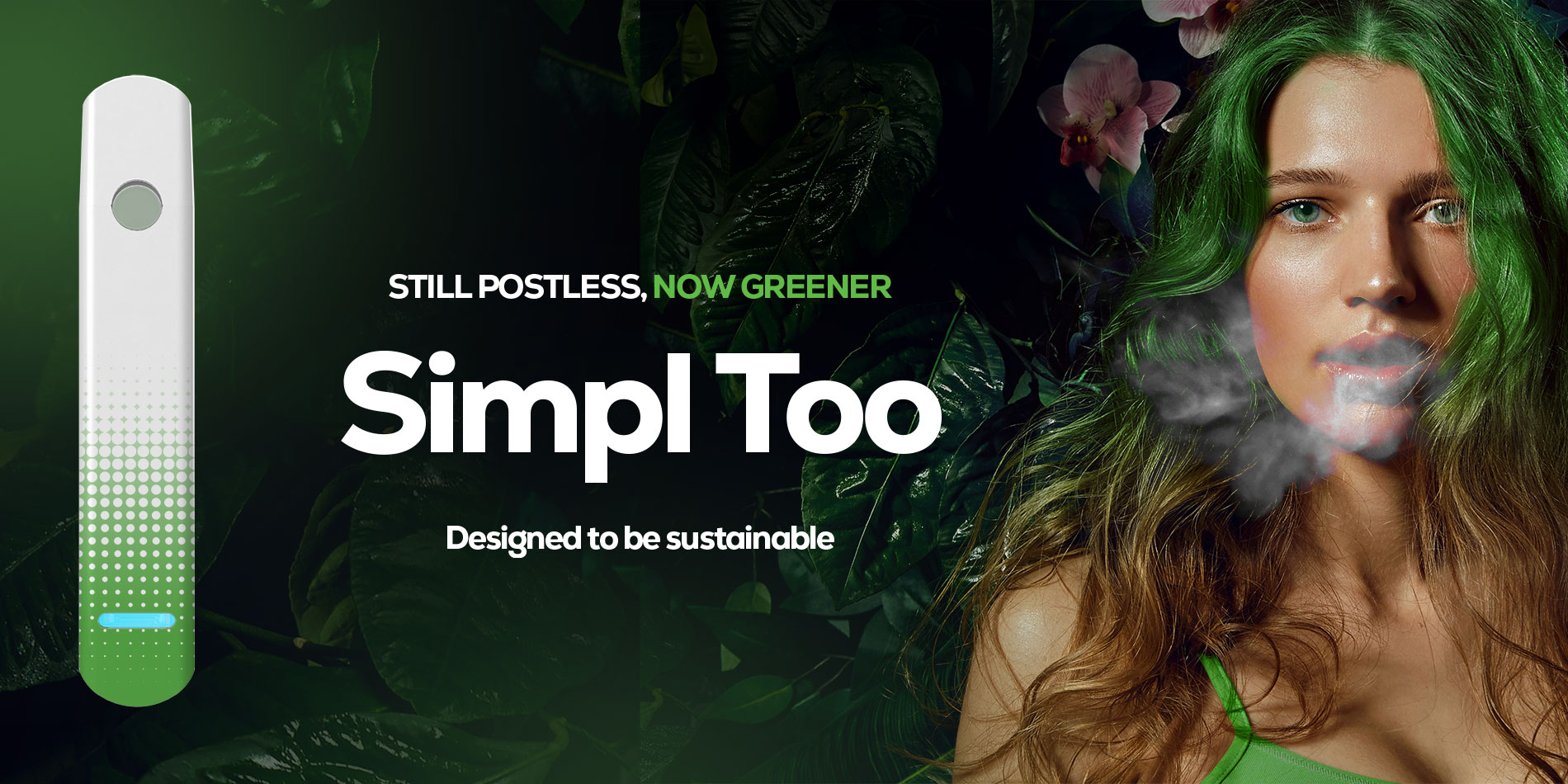Cannabis vape cartridges and related products continue to be a significant percentage of overall cannabis sales. Second only to the sale of flower, vape cartridge popularity has proven incredibly resilient and therefore an important category to pay attention to for any vape brand, MSO or Canadian LP. Flavored distillate, full spectrum, live resin, rosin, CBD and Delta 8 are now available in vape cartridge format in virtually every legalized medical and recreational market in the world.
Given the importance of these SKUs to the cannabis industry, one would think wholesalers, retailers and consumers would pay more attention to the cartridge itself, yet many times this very important variable is overlooked. Although they certainly look similar, not all vape cartridges are the same. Buyers should understand that the cartridge is not just a vessel or packaging. The cartridge is in fact an atomizer without which there would be no vapor. The design, materials used, electrical resistance and intake hole size will all determine how good or bad a vape experience is. The oil, as “craft” as it might be, can prove totally disappointing without the right cartridge.
Below are three questions that consumers and wholesalers should be asking about a vape cartridge prior to purchase.
What brand of vape cartridge is being used? Who imported it?
Shenzhen, China is where 99% of vape cartridges are made. There are dozens of raw material suppliers, assemblers and third party distributors competing in this market. Price and quality differ greatly. There are also many counterfeits. Knowing the brand name could give you some insight into the quality of the cartridge. For example, when you see “Powered by Blinc” on the bottom of a cartridge, it means that the product has been manufactured to the highest international standards of safety and compliance with complete quality control and traceability.
What type of materials is the cartridge made out of? Brass or stainless steel? Glass or plastic?
Like anything else we buy, certainly anything else we put in our mouths, materials should matter! When cannabis oil is held in a cartridge over time, leaching of heavy metals and other chemicals into the oil can occur. This is why many states have regulations requiring heavy metals tests to be conducted on the cartridge prior to going to market. Understanding how these materials impact the overall safety of the experience is important.
When was the cartridge filled, capped and packaged?
Cartridges should not sit around in a dresser drawer or in your glove compartment for too long. Exposure to air, light and heat can all impact the quality of the formulation. Oxidation can occur and terpenes can gas off changing the viscosity and the flavor of the oil. Depending on the materials used, leaching of chemicals into the oil can increase with time. Therefore, carts are best vaped within a few weeks of purchase and always stored upright at room temperature. Ask when the cartridges were filled to understand how long that oil has been sitting in the tank.
The optimal vape experience is safe, smooth, flavorful and effective. To achieve that, a lot has to go right along the supply chain starting with the selection of the cartridge and ending with the filling, packaging and storing of tens of thousands of units. Consumers should ask budtenders, budtenders should ask distributors and distributors should ask cannabis brands these questions and focus their attention as much on the hardware as they do on the oil itself.
The Blinc Group takes a consultative approach to working with cannabis companies all over the world. Through these partnerships, the right time and testing is devoted to answering all three of these questions with a focus on innovation, quality and safety.
#notjustvapor















































